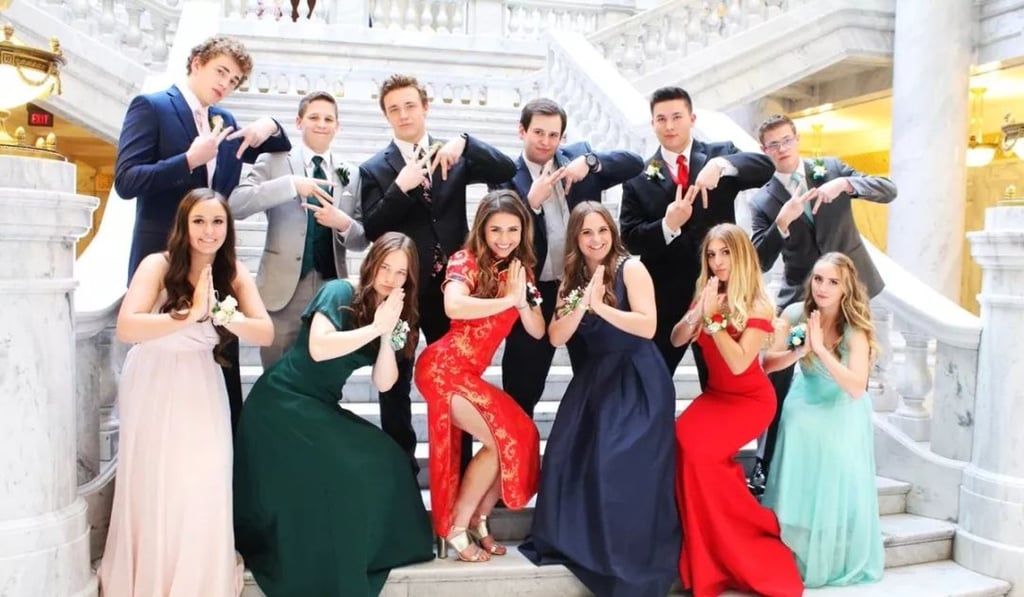Blowing Water | Those howling loudest about cultural appropriation over Utah schoolgirl wearing qipao do not own the culture they claim to be defending. This is just another form of xenophobia
Film stars have been wearing dresses inspired by different cultures for years, Andy Warhol painted a pop art picture of Mao Zedong, where was the outrage then? A Utah schoolgirl did nothing wrong in wearing a qipao

Many of us, myself included, have probably been guilty of some form of cultural appropriation at one time or another and, for the most part, it is likely to be inadvertent, with no offence intended.
The social justice warriors came out in full force to berate an 18-year-old, who wanted to wear a pretty dress to her prom. In this day and age, the internet is awash with “keyboard warriors” such as these, who seek validation by calling out cultural appropriation, which appears to come from a misguided sense of nationalism, or even an underlying sense of xenophobia.

I would have taken offence if Daum had worn the dress on a debauched night on the town, or had altered it to make it even mildly salacious for her prom night; that would have been an insult to the national image of this elegant garment.
However, I would say wearing it on such a significant occasion showed respect and admiration for the beautiful dress, and she certainly got my approval for looking lovely on her prom night.
